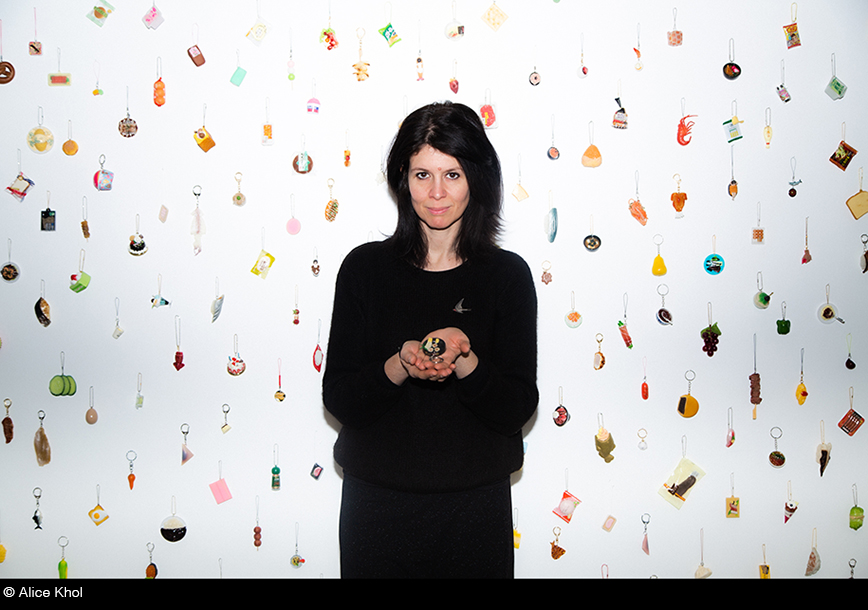Katherine Longly graduated in photography, communication and anthropology. She pursues a commited artistic practice that is both documentary and narrative, combining photography with a visual arts approach that embraces a wide range of visual expression.
Download CV
She regularly participates in artistic residencies in Europe and Asia, particularly in Japan, where she spends two months each year. There, she trained in photobook editing at Yumi Goto's workshop. She has published three books: "TO TELL MY REAL INTENTIONS, I WANT TO EAT ONLY HAZE LIKE A HERMIT" (2018), self-published in collaboration with Reminders Photography Stronghold in Tokyo, "HERNIE & PLUME" (2020), and "JUST MY LUCK" (2023, with Cécile Hupin), published by The Eriskay Connection (The Netherlands). Her work has received several awards and is supported by Federation Wallonia-Brussels (Belgium). It is regularly showcased in Belgium (Botanique, FoMu, Hangar, Contretype, ISELP, ...) and internationally (France, Switzerland, China, Japan, Brazil, Latvia, Bulgaria, ...).
Katherine Longly's work presents itself as an investigation of the contemporary world, questioning its social and cultural representations. Through her practice, she captures moments and stories that unveil the complexity of the human experience.
Once a specific question is identified, she undertakes extensive documentation work before heading into the field to meet its protagonists, aiming to better understand, from within, the issues of which they are representative. She has thus immersed herself in the world of women's sumo, in the tender and festive daily life of a septuagenarian couple living in a trailer, in the lives of individuals affected by eating disorders, in the stories of (almost) lottery winners, in the intimacy of socially reclusive teenagers, and in the world of competitive eating contests in Belgium and France.
The relational aspect and curiosity about others drive her practice. She primarily works on a principle of collaboration and co-creation with protagonists, involving them at every stage of her projects and over sufficiently long periods to establish quality relationships with them, thus infusing her work with sensitivity and emotional depth.
She shapes her narratives by adopting the stance of a collector. Not only does she take photographs, but she also gathers images, testimonies, objects, recordings, press clippings, and archival documents, all of which serve as materials that she subsequently organizes into layered storytelling, where humor is never excluded.
Finally, she pays particular attention to the scenography of her exhibitions, which is precise and meticulous, just like the formal execution of her editions. She also conceives strategies for the communication of her work that stimulate and encourage interactions.
 |
